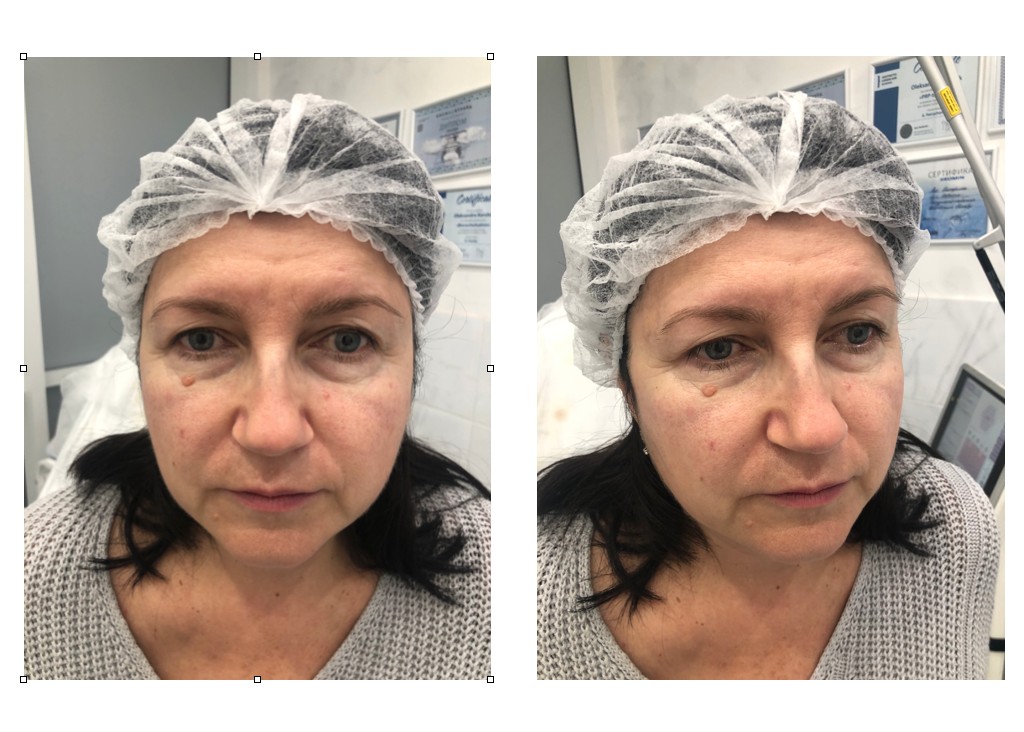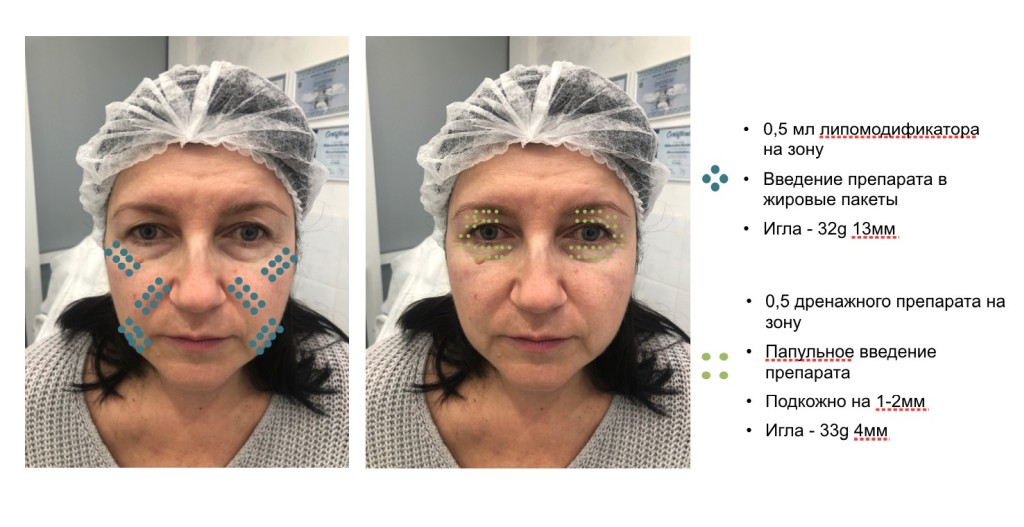Correction of the periorbital zone in a doctor’s practice
Zone therapy for fatigue and deformation morphotypes of aging: a method for solving the problem.
Yulia Bilous , dermatovenerologist, cosmetologist, anti-age therapy doctor, founder and chief physician of the clinic Face lab by dr. Bilous, IMCAS speaker
Features of a combination of hardware and injection techniques for correction of the periorbital zone in tired and deformational morphotypes of aging with pronounced pastosity and a tendency to edema.
The purpose of this article is to find out which combination of modern hardware and injection techniques for correction of the periorbital zone in case of fatigue and deformation morphotypes of aging gives the greatest result with minimal side effects.
Among the patients of our clinics are mainly women with a Slavic appearance, for whom the most common is deformation and fatigue morphotypes of aging with pronounced pastiness and a tendency to edema. Separately, injection and hardware methods of correction of the periorbital zone do not allow such patients to achieve the desired result.
To study this issue the following was carried out:
- comparison of existing treatment protocols;
- analysis of their effectiveness in a specific case;
- selection/building of an algorithm/sequence of using procedures in a practical way.
The study looked at the impact of:
- drainage drugs;
- drugs aimed at reducing adipose tissue and the adipocyte itself;
- lipomodifiers;
- devices that allow non-surgical eyelid lifting;
- a technique for introducing hyaluronic acid into the periorbital area if the patient is prone to swelling.
Recommended case
Patient born in 1968 (51 years old).

The problem that bothered the patient: a very tired and painful appearance, drooping eyelids, as well as pronounced nasolabial folds (photos 1, 2).
Initial clinical analysis:
- combinations of the type of aging, predominantly expressed by the tired type;
- pronounced nasolabial folds;
- deep marionette wrinkles;
- decreased elasticity of tone, due to this mixing of fat packets;
- facial pastiness;
- pronounced tear trough;
- pronounced sagging of the upper eyelid.
Based on the results of the study, a recommended treatment regimen was developed/
Stage 1:
5 procedures - drainage drugs and lipomodifiers;
5 procedures - drainage preparations and tonic therapy in the periorbital zone.
Stage 2 (after 7-10 days):
laser resurfacing of the upper eyelid using the CO2RE device.
Stage 3 (after 28-40 days):
HA injections into the cheekbone area and pyriform fossa.
Stage 4 (after 14 days):
injections into the area of the lacrimal beard and strengthening of the zygomatic ligament with a preparation based on HA.
Program Execution
Stage I.
Step 1 (photo 3).
0.5 ml lipomodifier per zone;
injection of the drug into fat bags;
needle - 32G 13 mm.
Step 2 (photo 4).
0.5 drainage preparation per zone;
papular administration of the drug;
needle - 33G 4 mm.

Photo 3 - 4
Stage 2 (photo 5).
Upper eyelid resurfacing:
- Medium mode;
- 57 mJ mode;
- rehabilitation - 6 days;
- complete healing - 21 days.
Photo 5
Stage 3 (photo 6).
Preparation based on HA:
volume - 1 ml;
concentration - 23 mg/ml;
molecular weight - 2.5 million Da.
Technique:
combined;
cannula - 25G;
needle - 27G.
Designations:
blue dot—cannula entry point;
arrow - direction of the 0.4 ml cannula;
green dot—periosteal boluses of 0.1 ml.
Photo 6
results
The results of the study showed that in case of deformed and tired morphotypes of aging, in order to achieve a high-quality result, it is necessary to prepare the periorbital area for procedures. First of all, it is necessary to prepare the tissues themselves: drainage, minimize pronounced fat deposits, improve the elasticity of the skin in this area. And only then inject hyaluronic acid exclusively into the periosteum area to avoid excessive swelling of this area and the appearance of the Tyndall effect. Photos 7-9 show before the procedure, the intermediate result after 3 stages and the result immediately after filling the tear beard. In photos 10 and 11 there is an emphasis on the middle third.
Photo 7-9
Photo 10-11
Conclusion
As a result of this study, the following conclusions can be drawn.
Firstly, according to medical clinical studies, with aging morphotypes that are prone to pastosity and swelling, the periorbital zone is the most difficult for non-surgical correction.
Secondly, as a result of the studies, the optimal sequence of correction of the periorbital zone in patients prone to swelling and pastosity was identified.
Thirdly, our study showed that the proposed algorithms for correction of the periorbital zone increase patient satisfaction with the result of manipulation by 90%.
The disadvantage for patients is the increased duration of treatment in several sessions.
First published: Cosmetologist No. 2, 2020
Read also
- In focus: the Hollywood look from Rejuran® and Retix.C
- Correction of age-related changes in the deformation type: hardware skin care
- Age-related changes in the periorbital region: methods of correction
- Care of delicate areas: the focus is on the eyes
- Stab or fear? Rejuvenation and correction of the periorbital zone with an ideal filler
- Deformation type of aging: a comprehensive approach to therapy
- Mesotherapy programs and patients with deformational type of aging
